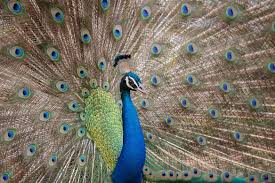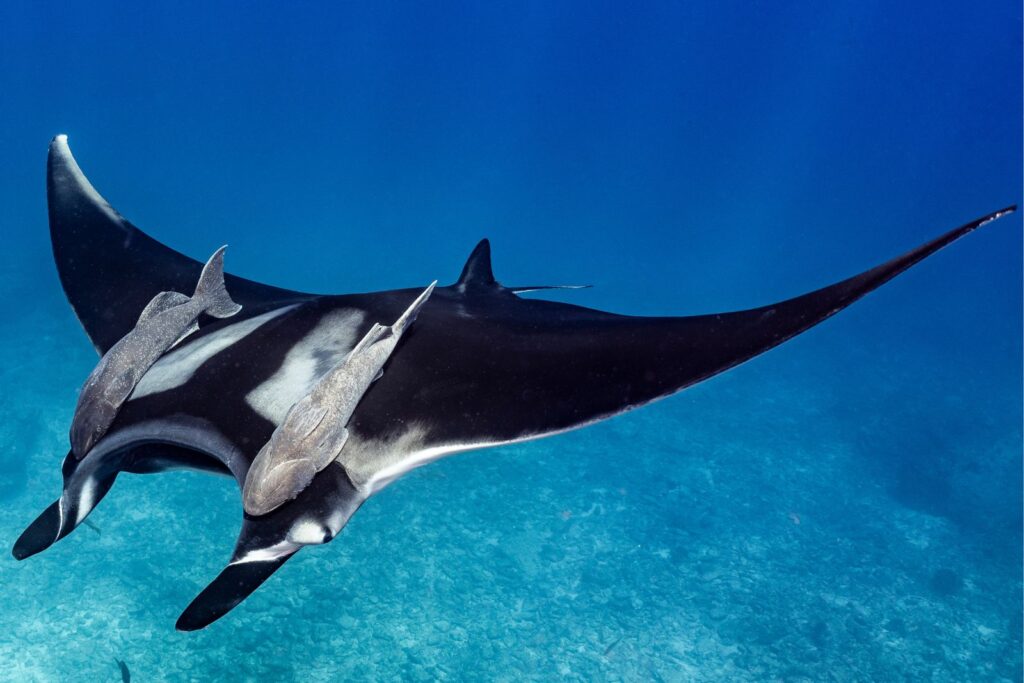Indian Peafowl: Majestic Bird of Vibrant Plumage

Introduction to the Indian Peafowl
The Indian peafowl, also known as the peacock, is a large and colorful bird native to the Indian subcontinent. Renowned for its stunning plumage and distinctive calls, it holds a revered place in mythology, art, and culture.
Male peafowls, known as peacocks, are famous for their extravagant display of iridescent feathers, which they use to attract mates during the breeding season. Female peafowls, known as peahens, have more subdued plumage but possess their own unique beauty.
Anatomy and Behavior
The Indian peafowl belongs to the pheasant family and exhibits sexual dimorphism, with males displaying more vibrant plumage and elaborate courtship rituals than females. Peafowls are ground-dwelling birds but are capable of short, powerful flights when necessary.
During the breeding season, male peafowls perform elaborate courtship displays to impress potential mates. This display involves spreading their tail feathers into a vibrant fan and strutting around while emitting loud calls to attract the attention of nearby females.
Significance in Culture and Symbolism
The Indian peafowl has long been revered in Indian mythology and folklore, symbolizing beauty, grace, and spirituality. It is often depicted in religious art and literature as a symbol of divinity and protection.
In addition to its cultural significance, the Indian peafowl plays a vital role in maintaining the balance of ecosystems by controlling insect populations and dispersing seeds. Conservation efforts are underway to protect these majestic birds and their habitats from threats such as habitat loss and poaching.
